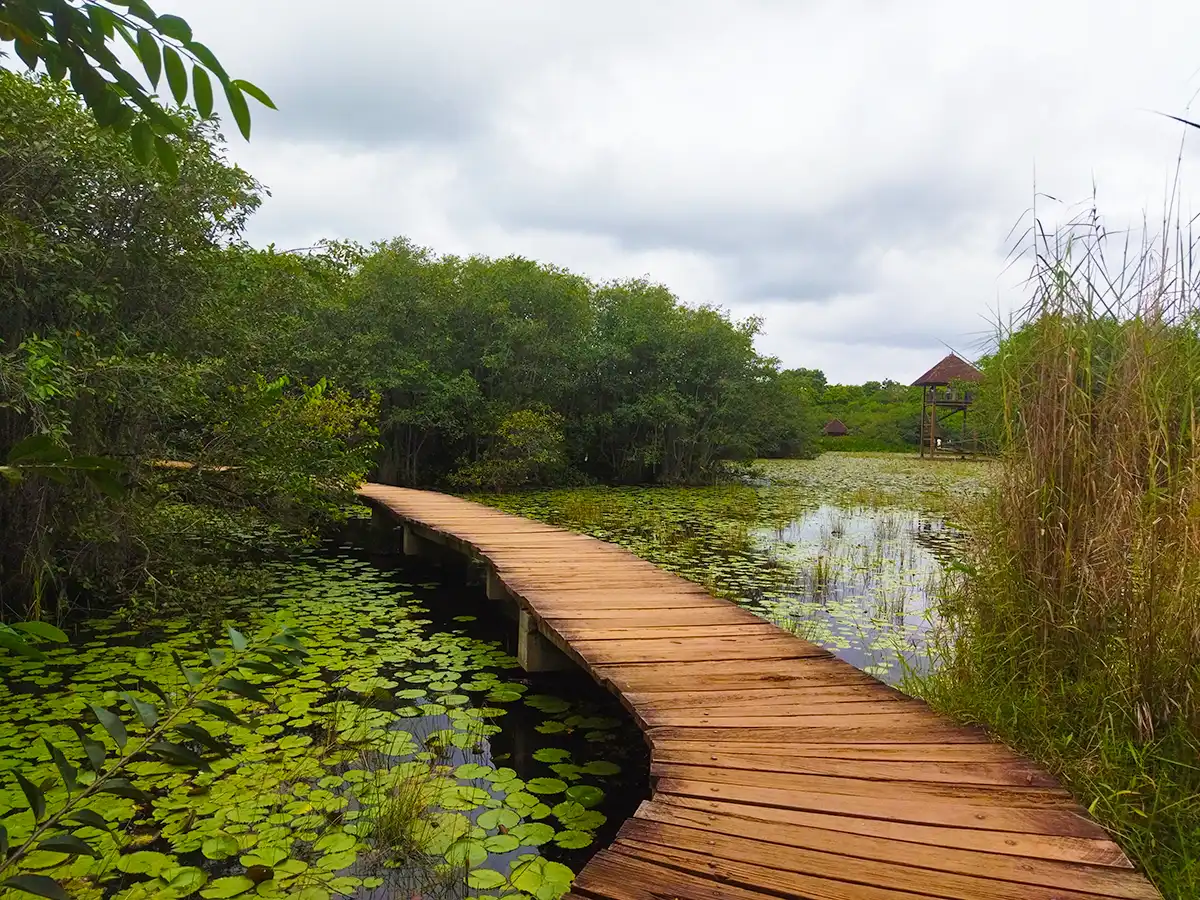This Kew Park is located in the city of Richmond in England. This park suddenly caught the attention of the world. The reason for that was the blooming of a giant lily in that garden. The flower of this lily plant, which is related to lilies and oleanders, is bigger than a human
This Kew Park is located in the city of Richmond in England. This park suddenly caught the attention of the world. The reason for that was the blooming of a giant lily in that garden. The flower of this lily plant, which is related to lilies and oleanders, is bigger than a human head.
For 177 years, this lily plant was hidden in Kew Gardens. After 177 years, scientists discovered that this giant lily plant is the largest of its kind in the world. Flowers bloom here only at night. Therefore, it is known as the world’s largest night bride.
Designation of this plant as a new variety
The new plant species has been named Victoria boliviana. Its leaves are 2.7 meters wide. Originally this was believed to be a hybrid variety. But subsequent tests have identified this as a species of giant lily that is about a hundred years old.
Giant lily flower
Botanists at the park are overjoyed with this wonderful discovery after a hundred years. Also, they call this one of the greatest among the botanical glories of the world.
The leaves of this plant species are about 3.2 meters (10 feet) wide when growing wild. The flower grows about 36 cm (14 inches) large. It is usually larger than a full-grown human head.

Lily Plantation
This plant species was discovered from a plant specimen that was deposited dry in the Kew Herbarium. Information has been revealed that the plant illustration was in the herbarium since 1845.
However, biospecimens of these are currently grown at the Kew Lily Plantation and the Princess of Wales Conservatory. These species are small in size. When well grown, their foliage is no larger than 2.7 meters (8.9 feet).
How did this plant get the name Boliviana?
In this Victoria boliviana plant, the section Boliviana is included because it is a popular South American house lily and to honor the Bolivian researchers who joined this research.
The scientific report related to the two-year discovery of this new plant has been published in the journal Frontiers in Plant Science. The genus Victoria was named by the British botanist John Lindley.
Before this new plant was discovered, there were only two species of the genus. They are Victoria cruciana and Victoria amazonica.
-
Amazing Talking Mushrooms »
-
Learn about coconut cultivation »
-
Some Amazing Places You Have Never Seen Before »
Where do these lilies bloom?
This new Victoria boliviana variety grows in aquatic ecosystems in the Llanos de Moxos region of Bolivia.
Their flowers bloom at night and they are initially white and later turn pink. These flowers bloom on the surface of the water in the morning. But the petals of these flowers shrink at midday.
The nature of the lily

The leaves of the boliviana plant take an S shape. Also, they bend and extend from the edge. The leaf margin is shorter than that of cruciana and higher than that of amazonica.
The curling of the leaf edge as it extends upward is the specialty of the plant. The stalks of the leaves here are prickly. Therefore, damage to the flower from fish and other animals is prevented. Its surface and interior are very soft. In several places of the leaf, several folds are opened to remove the water that collects on the surface.
A large example of the boliviana variety is in La Rinconada Botanical Garden, Bolivia. Its leaf size is 3.2 meters (10.5 feet) wide. The flowers are 36 cm in diameter.
This is a small note about the wonderful lily flower that has attracted the attention of the world. If possible, you can visit this garden and see this lily.













